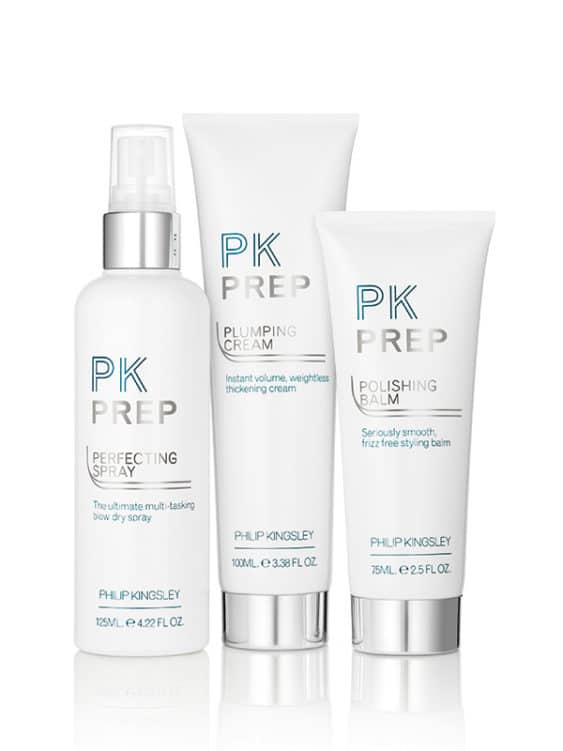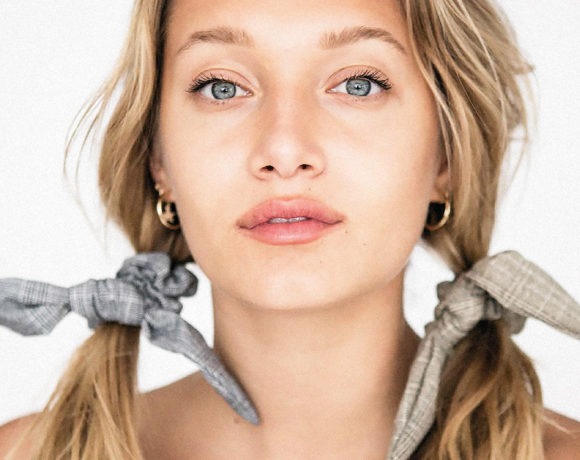We visit the UK’s most prestigious trichologist, Philip Kingsley to find out exactly how to tame postnatal hair once and for all
Words Helen Baron
To be clear, this is a hair clinic, not a hair salon. My appointment followed my year-long frustration with postnatal frizz. The frizz was always there but it seemed to get worse after the last glut of oestrogen had died down. My trichotherapist takes one look at my pouffy, sticky-up baby hairs and asks if I’ve been straightening them. The answer to which is, in desperation, yes… so she refers me back to basics.
- Don’t use straighteners every day: it doesn’t help with breakage, and dry and damaged hair is more difficult to deal with. Instead, I’m given advice on how to take care of my hair using Philip Kingsley products.
- Use the elasticizer first (it increases absorption of moisturising properties), then moisturising shampoo and conditioner. You don’t have to use too much conditioner (a common misconception) but use it effectively – just on the frizzy bits and on the ends.
- Use a comb to brush knots through with the conditioner, not as I have been doing with my Tangle Tweeze which takes too much hair in one go and is more likely to rip or damage hair. Refresh your scalp with Philip Kinglsey scalp toner.
- Don’t rub your hair with the towel (and never wring it dry), instead pat your hair dry through the towel.
- Never use the hottest setting on the hairdryer – use a paddle brush with air holes to gently dry the hair and smooth down frizz.


What you notice is that hair isn’t over-styled or dried (I’m put in mind of those stylists who have literally forced my hair into shape using heat). Instead it feels like silk and my trichotherapist shows me the paddle brush has not a single hair in it.
Philip Kinglsey specialise in treating pregnancy or post-partum hair loss and can advise on how clients can deal with their individual problems with fine or thinning hair.
PK Prep Range £21
Tricotherapy Regime Box, £120
Vented paddle brush, £24





NO COMMENT